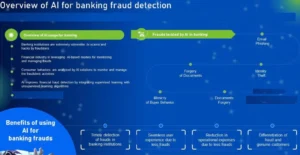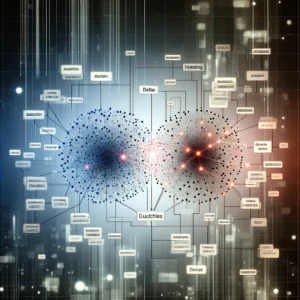Generative AI: Major Benefits in Banking Sector
The integration of Generative AI into the banking sector promises significant improvements in service quality for banks and customers alike. AI will heighten risk management, streamline fraud detection, and personalize customer experiences. It automates menial tasks, enhances investment decisions, and delivers innovative financial products. AI also enhances security, expedites transactions, and improves both the accessibility and efficiency of customer support, thereby amplifying customer satisfaction and overall banking experience.
Generative AI: Major Benefits in Banking Sector Read More »

